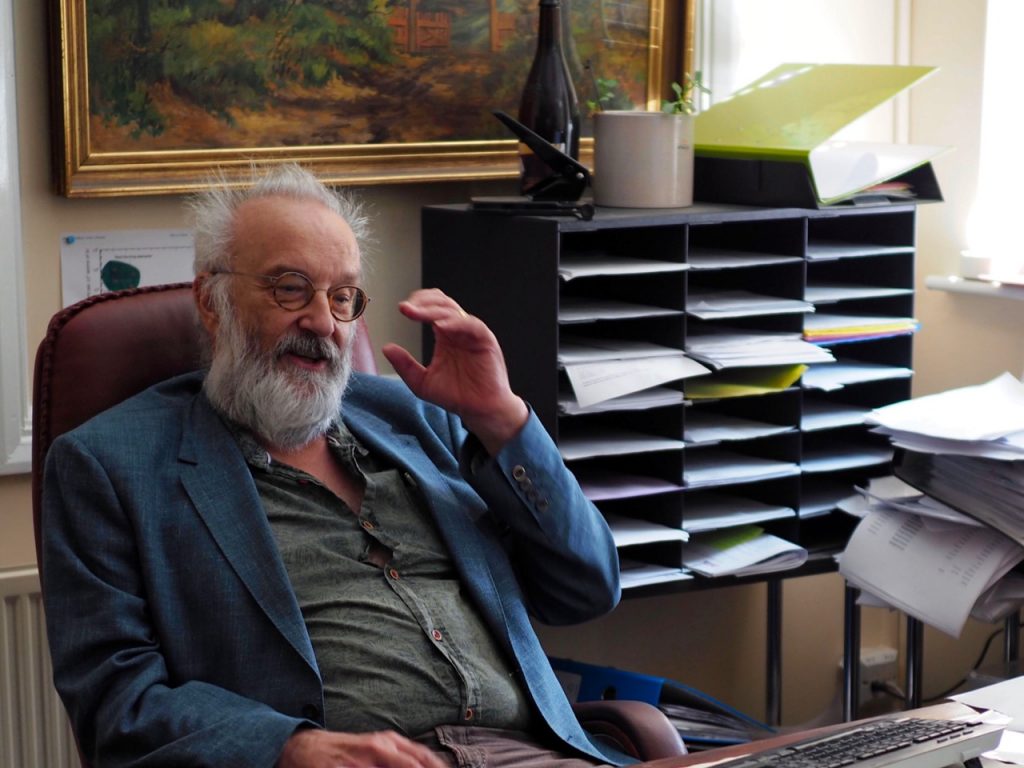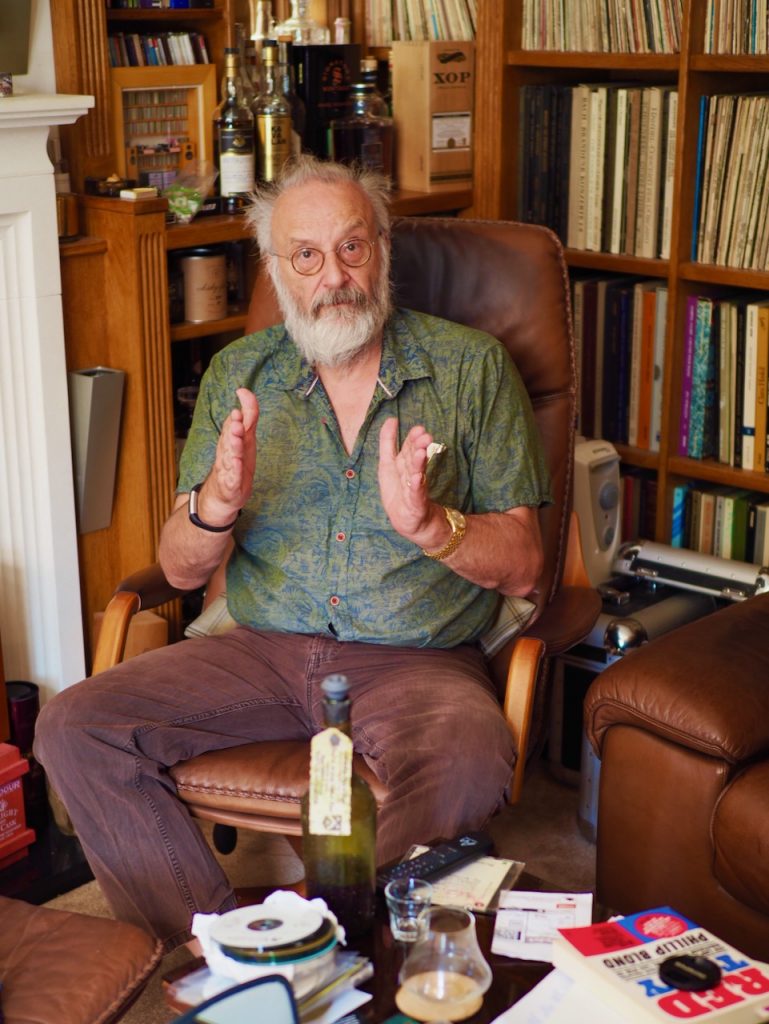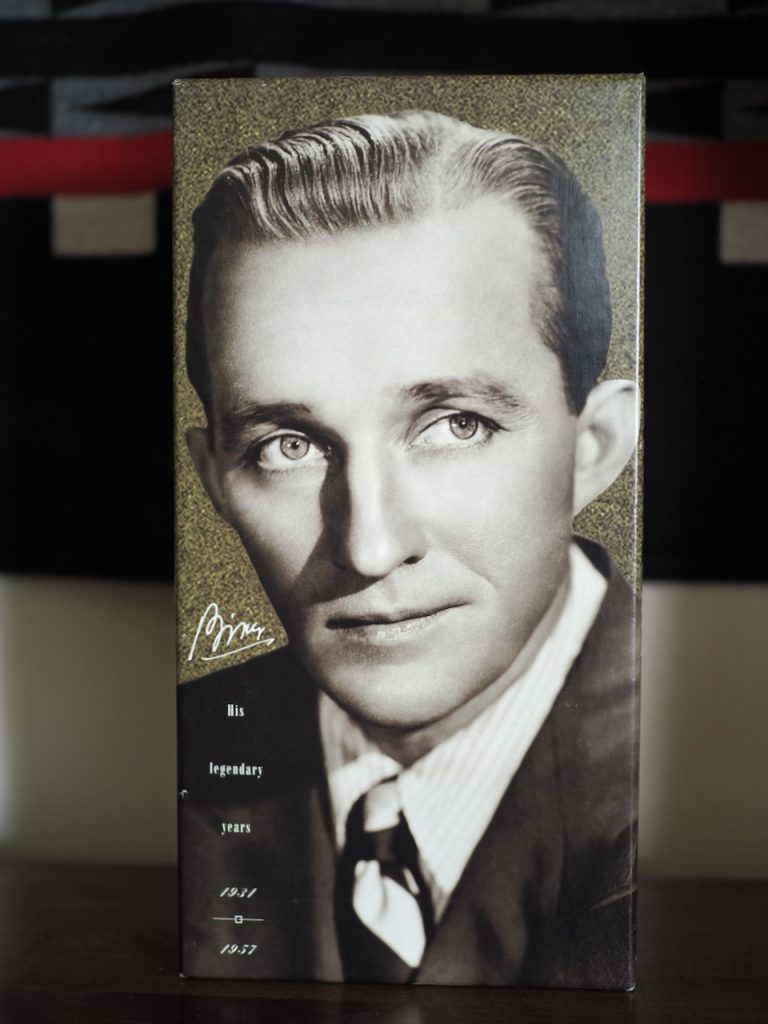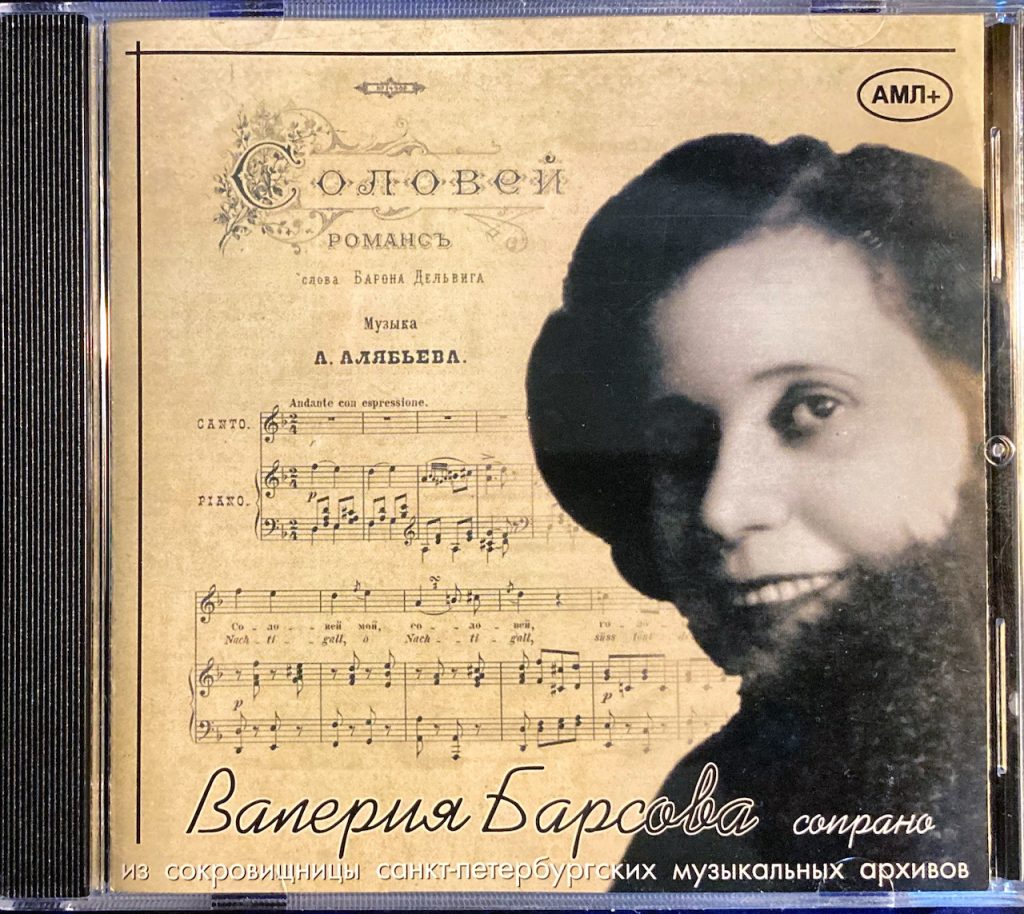In my introductory post on the topic of high-fidelity audio, I told you about the discussions that Peter Qvortrup (Audio Note (UK)) and I have been having about the state of contemporary audio – an audio state of the union, so to speak – and it turns out we have a rather significant Venn overlap in our perceptions of where much of enthusiast audio is at performance-wise these days.

Peter Qvortrup, Audio Note (UK).
One of the things we both agreed upon wholeheartedly in our discussion was the need for a new vocabulary to articulate audio performance.
The “old” audio vocabulary used by audiophiles (primarily) is dreadfully outdated, and is unable to adequately express the holistic performance of the high-fidelity audio equipment that is available today. We both recognize a great need for an updated audio vocabulary that is truly useful to audio writers, music and audio enthusiasts, and the industry people who provide the hardware and software.
A decade or so ago, I made an observation about two of the larger groups of listeners involved in enthusiast audio, the first being those who were fundamentally music lovers, who valued audio systems that enabled them to listen to and enjoy a broad spectrum of musical performances in a satisfying high-fidelity manner.
The second group consisted of those enthusiasts who were enamored with a "sound experience" from their audio systems, who wanted audio systems that maximized the playback of the "best" stereo recordings to the greatest extent possible, and provided an overall audio presentation that emphasized the non-musical visuospatial recording artifacts to a greater extent.
The "music lovers" group were primarily interested in being able to experience the many great musical performances in the highest-fidelity possible, while the "sound experience" group were primarily interested in achieving the highest performance possible from the best recordings.
The “music lovers” group focused on recordings of musical performances from the entirety of our recorded music canon, where the quality of the recording was secondary to the quality of the musical performance. The “music lovers” group wanted to enjoy musical performances that spanned the timeline from the acoustic horn recording era (1877 -1925), the electrical recording era (1925-1945), the magnetic recording era (1945-1977), and the contemporary digital recording era (mid-1970s to today).
The "sound experience" group focused on a much smaller subset of music from our recorded music canon, those occasional exceptional recordings that were produced primarily from about 1950 to 1960, during the recording and software quality peaks of audio research and development, and those few exceptional recordings that have come since then. For the “sound experience” group the quality of the musical performances was often secondary to the quality of the recordings.
There was some small Venn overlap with those two categories of listeners, of course, where there are those occasional great recordings of great music. However, that type of parsing by the “sound experience” group of listeners was a tremendously limiting distinction that offered a relatively small number of recordings for a listener to enjoy compared to our vast recorded canon of important recordings of music from the acoustic age of recording until now.
Take a moment, step back, and think about how rich our recorded music canon is from all the recording eras, and how much of what occurred in a prior era was never re-released in a later era, well until recently, that is.

National Audio-Visual Conservation Center in the USA.
In the USA, the Library of Congress National Audio-Visual Conservation Center has archived our recorded music history so that the generations that come will be able to enjoy our recorded music heritage, and of course some other countries have done the same.
Humanity's entire recorded music canon is of enormous historic importance to the musical arts specifically, and to world culture and civilization broadly. It can be an immensely gratifying experience to become more familiar with all parts of our musical history and legacy, as a well-rounded person who appreciates music, history, and the rich cultural achievements present on Planet Earth.
Recordings popular among audiophiles today probably make up less than one percent of the music recorded since the beginning of the recording arts, so if that's all a person listens to, they are missing out on much of the important recorded musical legacy that is available to us, and are depriving themselves of some truly great music that will expand their listening and cultural horizons.

Peter Qvortrup (Audio Note (UK)) in his home listening room.
While visiting Peter Qvortrup at his home just outside of Brighton, England, last year, Peter introduced me to music in his collection from the early recording eras. Peter is a true music lover who wants to listen to the entire spectrum of music from the different recording eras and have it be musically compelling, and he played some of his 78 transfers to CD for me on his home system. Those transfers were transcendent.
That moment listening to music with Peter would turn out to be my personal “shot heard round the world”, and would be a first step in what would end up revolutionizing and illuminating my perspective on the treasure that is our entire recorded music canon from all of the recording eras.

Bing Crosby.
In thinking back about it, I have truly enjoyed listening to music from earlier recording eras on occasion, like those of the late Washington State musician Bing Crosby (and others), for example, but the full importance of being able to listen to these remarkable performances from the earliest recording eras had not dawned on me until Peter started sending me some CDs and CD-Rs containing some truly remarkable musical performances from the earliest recording periods of the former Soviet Union.
These CDs and CD-Rs from Peter were sourced from 78 and tape transfers made by his late friend Anatoly Markovich Likhnitsky, who was an important figure in early enthusiast audio electronics advancements in the former Soviet Union, as well as a renowned mastering engineer who had a passion for archiving to digital important music performances from the acoustic and electric recording eras in the Soviet Union.

Peter’s CD-Rs included performances by Poliakin, Rachmaninov/Paderewski/Cortot, and others.

Valeria Barsova.
Peter also sent CDs that included a commercial Red Book CD titled Treasures from the Musical Archives of St. Petersburg, featuring Valeria Barsova, soprano (more HERE); a CD from the Russian Lyra label of performances by the renowned bass opera singer, Feodor Shalyapin (1873 to 1938), featuring performances of Dubinuska, and Folk and Prisoner Songs (more HERE); and a CD of Nikolay Golovanov conducting Sergey Rachmaninov’s Second Symphony in E minor, op. 27, 1907, on the Boheme Russian Classical Collection label (“Two Centuries of Russian Music”), as well as others I’ll tell you more about in the future.

Feodor Shalyapin
Listening to these recorded music performances from the earliest recording eras really set me back on my heels.
All of the normal audiophile considerations about musicality and visuospatial recording effects don't apply here, as these musical documents of incredible musical performances are transcendent of any audiophile considerations.

Nikolay Golovanov
Those musical performances were so amazing that I found myself listening to the CD-Rs and CDs all the way through multiple times at one sitting just to experience the sheer sensual experience the musical performances offered, which was in another league from many contemporary recordings.
I’ve found it more than challenging to describe the full holistic experience of listening to these transfers to CD from the earliest recording eras, as they transcended what I normally experienced when listening to music on my hifi.
These recordings and performances are lit from within with life, vitality, presence, and are an almost overwhelming sensual experience to hear, and the emotional impact that results from listening to them is off the charts.
Those listening experiences have highlighted for me the inability of our current audio vocabulary to adequately articulate what I was experiencing musically, sonically, and emotionally as I listened.
I have concluded that the audio vocabulary we use to describe our listening experiences limits - or even hinders - our ability to truly appreciate and enjoy the incredible performances throughout the entirety of our historic recorded music canon, and crucially to music and audio enthusiasts, to advance the audio arts in such a way as to enable that ability.
Now back to the distinction between the “music lover” and “sound experience” groups of audio enthusiasts.
I have noticed for over a decade that the audio systems that performed well for the “music lovers” group of listeners were quite different from those that performed well for the “sound experience” group of listeners.
Unfortunately, audio equipment that has been voiced specifically to enhance the best recordings to the maximum extent possible, and to emphasize visuospatial recording artifacts, for the “sound experience" group of listeners, are actually really annoying for listening to most of the music that the "music lovers" group wanted to listen to, as that style of equipment voicing made most of the important historic musical performances - like those I have been praising above - nearly unlistenable.
If you want to find out what listening group your audio system’s voicing belongs to, try listening to some of these recordings from the earliest recording eras. If you go, “Huh, I don’t get it” or “that sounds terrible”, you likely have a system that has been voiced for the “sound experience” group. If your reaction is, “Where has this amazing music been all my life!” then you likely have a system that has been voiced for the “music lovers” group.
While I am aware of the implications of the voicing distinction on listening to music with those two types of audio systems, I don’t really understand the audio design and voicing approaches that result in those differences.
It turns out that it is possible to voice audio equipment so that an audio system can offer remarkable performance for both of these groups of listeners, which in turn opens up new listening horizons for both types of listeners as well.
In my future installments on these meditations about high-fidelity in audio, I shall share with you some of Peter Qvortrup’s insights into this topic of design and voicing (and other topics) that allows all listeners to enjoy the full spectrum of our recorded music canon in all its glory, which I think will be valuable insights for all of us to be aware of.
As always, thanks for stopping by, and may the tone be with you!



























